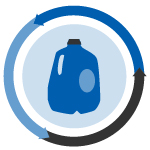 Companies using microwaves to depolymerize PET and PS report equipment advancements, and a startup is blending RPET and nylon to create a pellet with enhanced strength.
Companies using microwaves to depolymerize PET and PS report equipment advancements, and a startup is blending RPET and nylon to create a pellet with enhanced strength.

 Companies using microwaves to depolymerize PET and PS report equipment advancements, and a startup is blending RPET and nylon to create a pellet with enhanced strength.
Companies using microwaves to depolymerize PET and PS report equipment advancements, and a startup is blending RPET and nylon to create a pellet with enhanced strength.

Most of TerraCycle’s revenue comes from four separate operating segments. | Poungsaed Studio/Shutterstock
A company that focuses on hard-to-recycle plastic materials says new partnerships with brand owners and increased sales of mail-in recycling boxes drove better financial results during the first half of 2019.
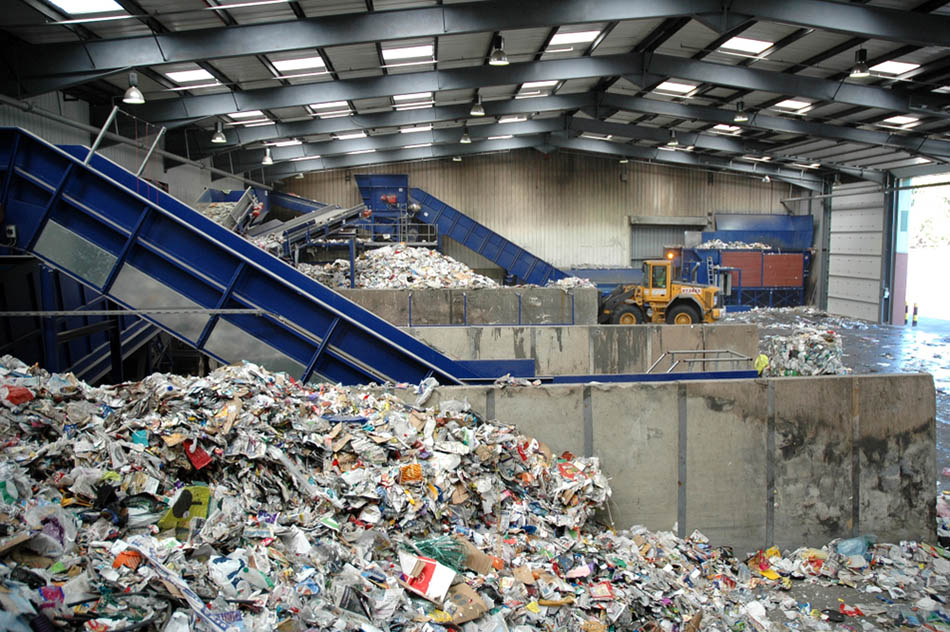
An ISRI commissioned study found that the U.S. recycling industry directly or indirectly supports nearly 532,000 jobs. | priscilla list/Shutterstock
A recently released study estimates the U.S. recycling industry will have a nearly $110 billion economic impact this year. That’s about 6% lower than the number from two years ago.
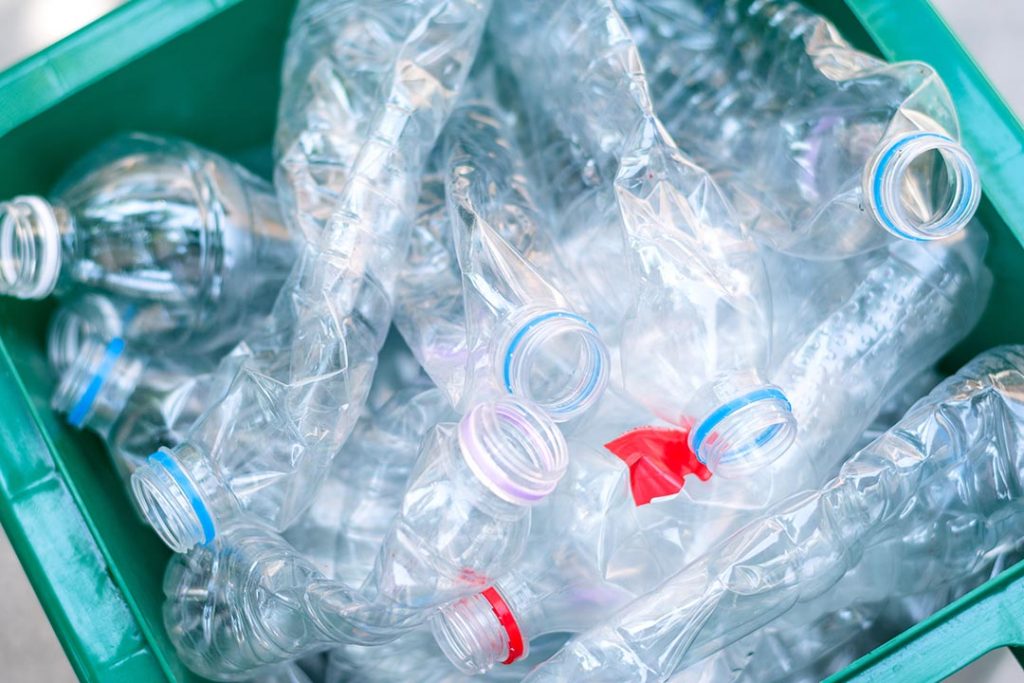
News about a recycled-content mandate in California drew attention last month. | Myibean/Shutterstock
Stories about a brand owner, recycling companies, a virgin plastics manufacturer and legislation drew our readers’ clicks last month.
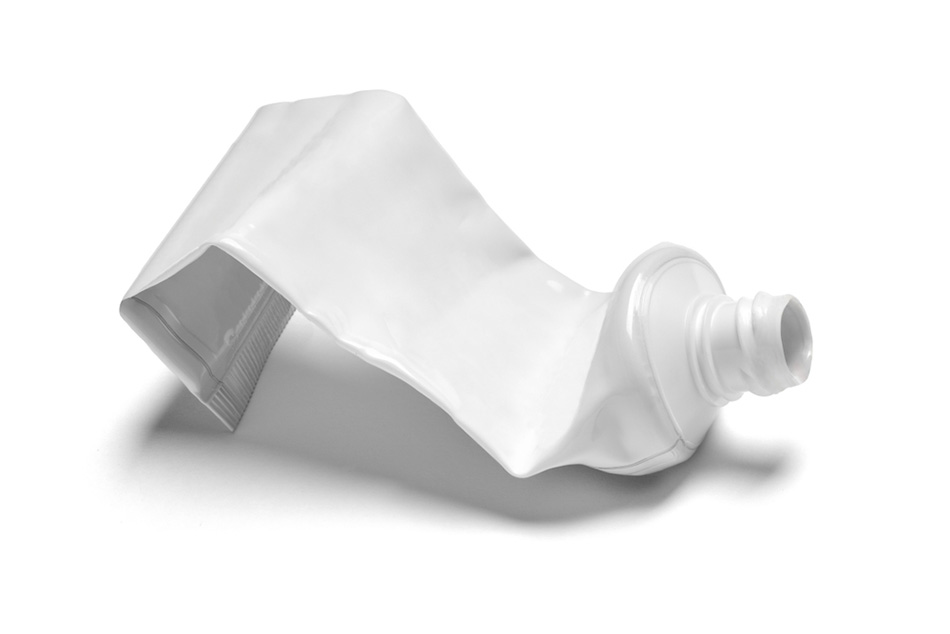
Essel Propack created HDPE barrier tube packages that meet recyclability guidelines. | Picsfive/Shutterstock
A packaging manufacturer that specializes in tubes for toothpaste, cosmetics and other products has developed two tubes that meet recyclability guidelines.
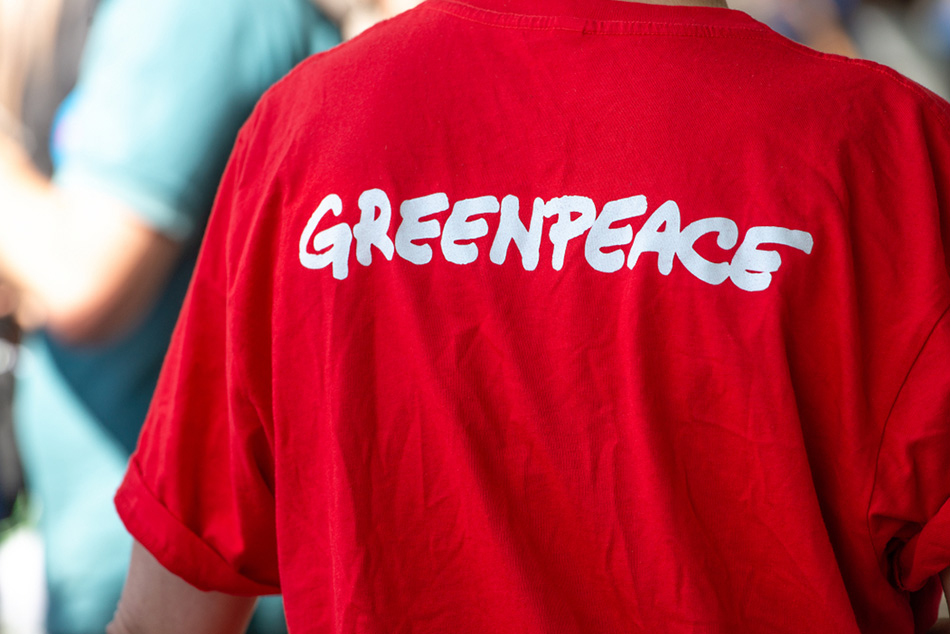
Greenpeace has put pressure on brand owners to quit their membership in the Plastics Industry Association. | John Gomez/Shutterstock
The Plastics Industry Association’s newly hired president and CEO is pushing back against environmental group Greenpeace following news that another brand owner left the association over product-ban policy.
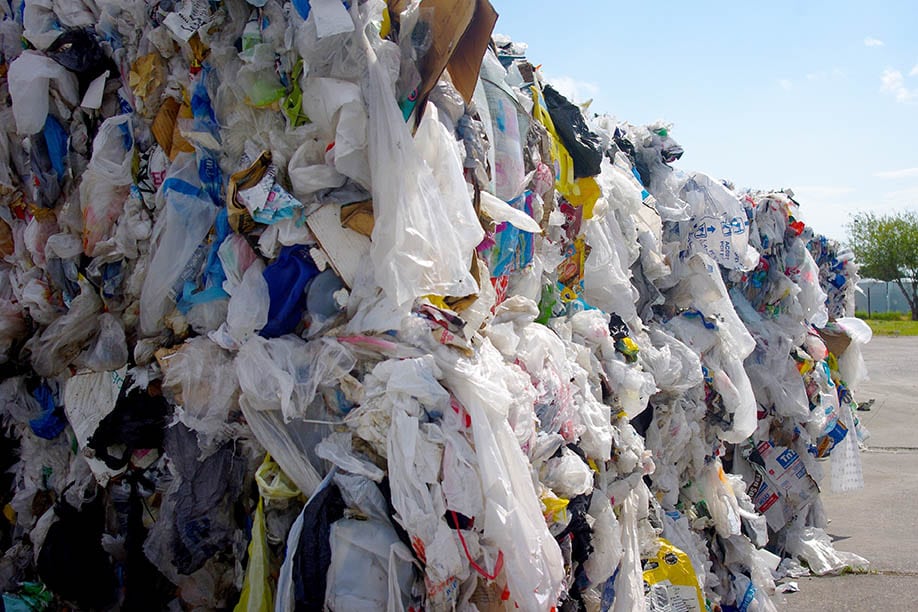
Investigators placed GPS tracking devices in bales of plastic. | PhilipR/Shutterstock
CBC News in Canada used tracking devices to follow where garbage and recycling companies took loads of recovered film. Much of the plastic was ultimately burned or buried.
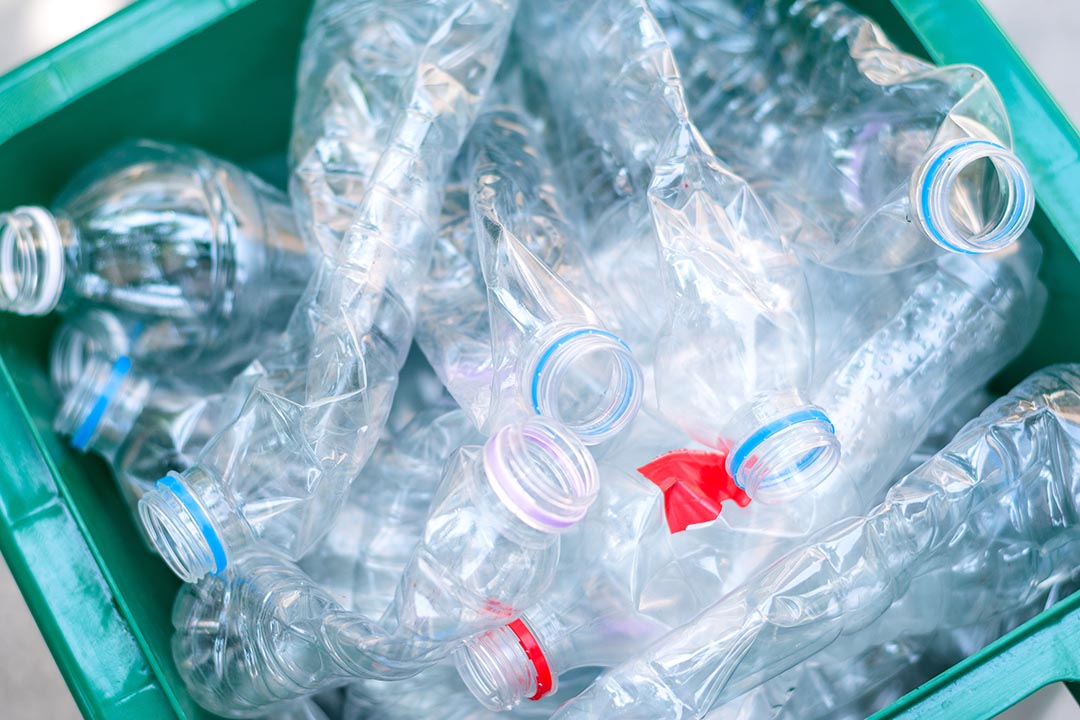
Beverage bottles will be subject to phased-in recycled plastic mandates, if AB 792 is signed by the governor. | Myibean/Shutterstock
A recycled plastic requirement for beverage container producers cleared the California legislature last week. But comprehensive legislation reducing single-use packaging failed to advance. Continue Reading
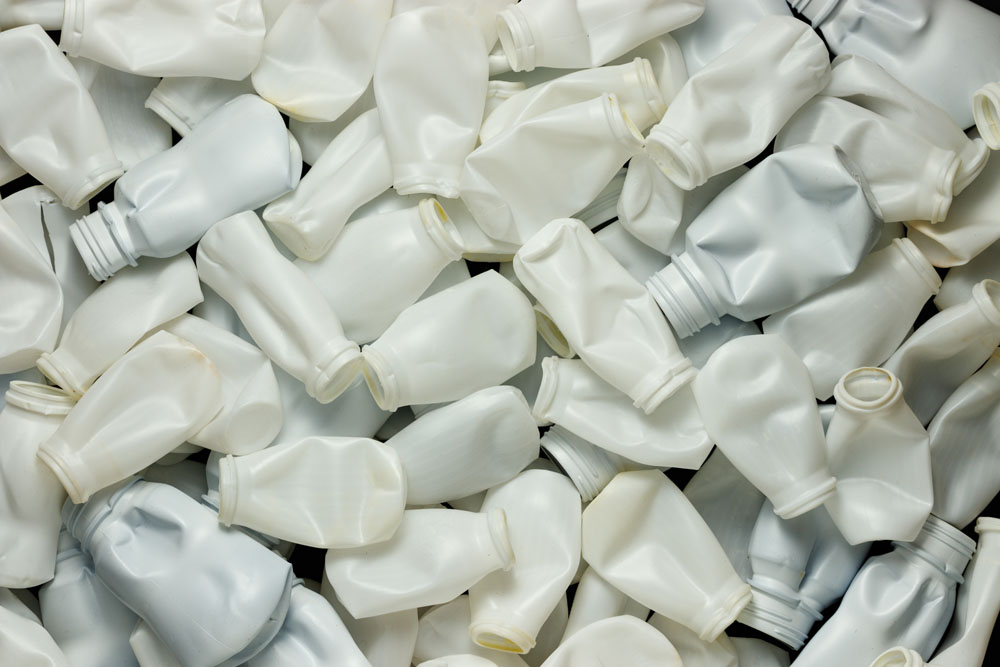
Greystone Logistics annually recycles tens of millions of pounds of recovered HDPE into pallets. | Vikentiy Elizarov/Shutterstock
A Midwest producer of recycled HDPE pallets saw a 46% increase in sales during the 2019 fiscal year. Continue Reading
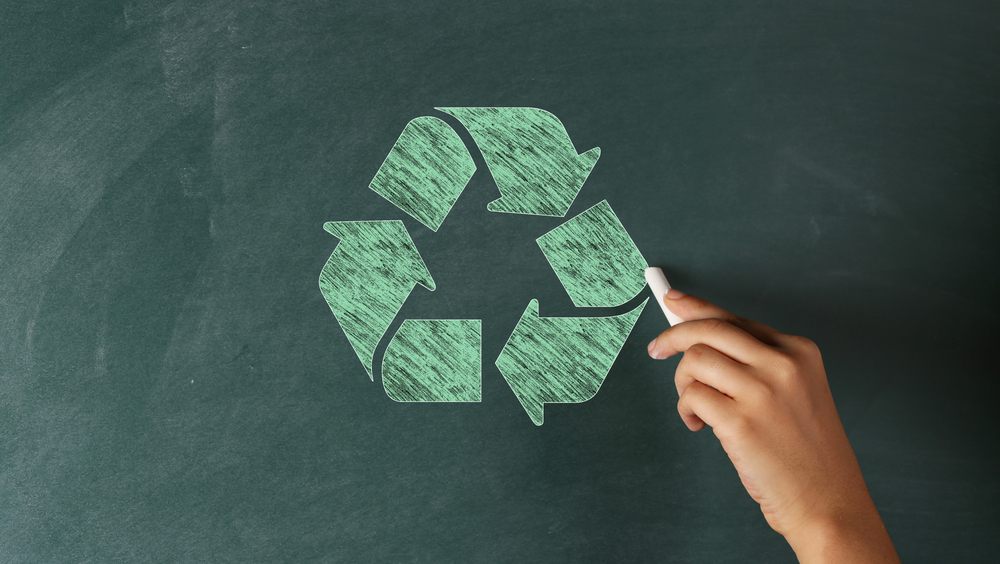
The “Recycle Right NC” campaign is centered on a social media effort. | shutteratakan/Shutterstock
The state of North Carolina and nearly 200 local governments have launched a 10-week recycling education campaign.
